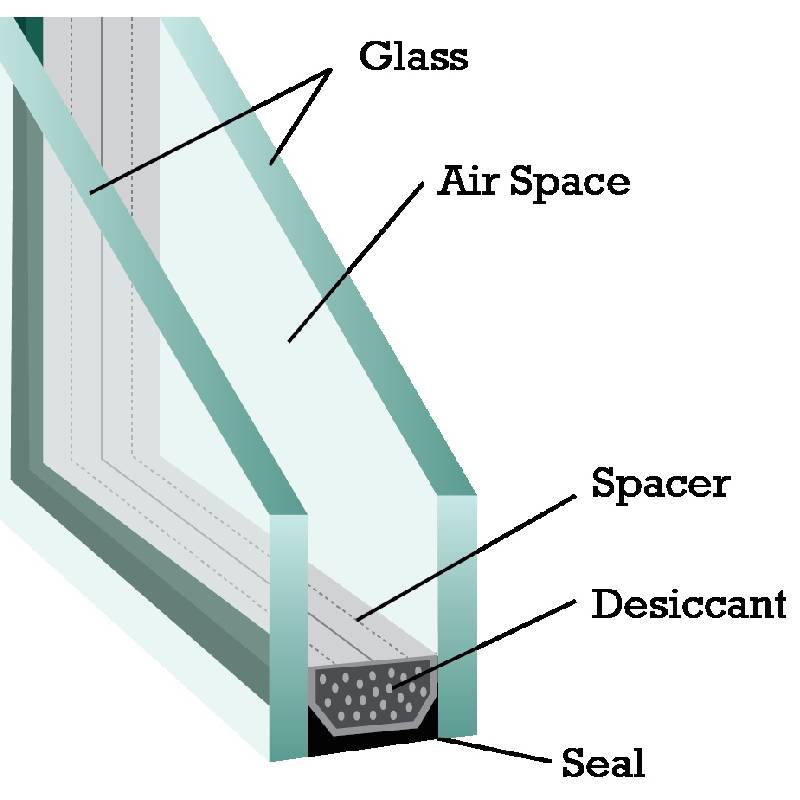

The Allure of Bubble Pattern Glass A Timeless Craft
Bubble pattern glass has captivated the hearts of artisans and collectors alike for centuries, serving as a testament to the intricate beauty and innovative spirit of glassmaking. With its mesmerizing designs that beautifully capture the interplay of light and air, bubble pattern glass not only serves functional purposes but also stands as an art form in its own right.
Historical Origins
The origins of bubble pattern glass can be traced back to ancient glassmaking techniques. Early artisans discovered that by introducing air into molten glass, they could create unique textures and patterns that added depth and intrigue. This technique evolved over time, leading to the distinctive bubble patterns we admire today. The craftsmanship in bubble pattern glass reached its peak during the Art Deco movement of the 1920s and 1930s when designers embraced bold shapes, geometric designs, and textured surfaces.
Aesthetic Appeal
One of the most striking features of bubble pattern glass is its aesthetic appeal. The bubbles within the glass create a captivating visual effect. Light refracts through the glass, producing a play of shadows and highlights that can transform an ordinary object into a stunning centerpiece. The bubbles can vary in size and distribution, from delicate, tiny spheres to larger, more pronounced formations. This variability allows for endless possibilities in design, making each piece unique.
The versatility of bubble pattern glass extends beyond color and shape; artisans can integrate various hues to create captivating effects. From crystal clear to vibrant colors, the choice of color impacts the overall visual impact. For instance, a cobalt blue bubble pattern glass vase can add a touch of elegance to any space, while an amber piece can evoke warmth and nostalgia.
Craftsmanship and Techniques

Creating bubble pattern glass requires a high level of skill and precision. Artisans often start with high-quality raw materials, including silica sand, soda ash, and various additives. The process typically involves melting the materials at high temperatures until they form a molten glass. This is followed by the careful introduction of air bubbles into the glass. Techniques such as blow molding and hot glass manipulation are commonly employed to achieve the desired effects.
One popular method involves the use of a blowing iron, where artisans blow air into a gather of molten glass, causing it to expand and form shapes. During this process, air can be selectively introduced, resulting in the formation of bubbles that are either uniform or irregular, depending on the desired design. This method is not only labor-intensive but also demands a deep understanding of glass viscosity and cooling times.
Contemporary Uses
In modern times, bubble pattern glass has found its way into various facets of design, from functional items to artistic expressions. Today, you can find bubble pattern glass in home décor, jewelry, and even architectural elements. Designers are increasingly incorporating this timeless technique into contemporary works, blending traditional craftsmanship with modern aesthetics.
For example, bubble pattern glass vases and bowls have become popular choices for home décor, adding a touch of sophistication and whimsy to interiors. Additionally, jewelers are experimenting with bubble glass in unique pendants and earrings, showcasing its textured allure in wearable art. Moreover, bubble pattern glass is being used in lighting fixtures, where the unique refractive qualities enhance the atmospherics of any space.
Conclusion
The allure of bubble pattern glass lies not only in its striking visual appeal but also in the rich history and skill that underpins its creation. From ancient artisans to modern designers, the journey of bubble pattern glass reflects a continuous evolution of creativity and craftsmanship. As collectors and enthusiasts appreciate its beauty and unique character, bubble pattern glass will undoubtedly remain a cherished aspect of the glassmaking tradition, transcending time and trends. Whether gracing a dining table or illuminating a room, bubble pattern glass is a celebration of art, innovation, and the captivating dance of light.